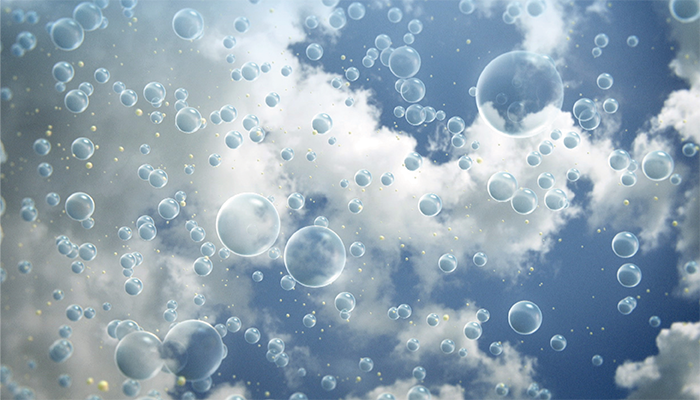
Credit: NASA's Goddard Space Flight Center
An international team of researchers have used a combination of spectroscopic techniques to study sulfur dioxide (SO2) interactions at the boundary between liquid and vapor, building on our understanding of how air pollution forms at the molecular level. The findings reveal significant differences in how sulfur species behave at the liquid–vapor interface and could improve climate models and our understanding of urban air pollution, particularly haze formation.
Central to the investigation was the behavior of sulfur(IV) species, such as bisulfite and sulfonate, which form when SO2 dissolves in water. These species contribute to the production of sulfuric acid – a key driver of atmospheric acidity. However, their behavior at the liquid–vapor interface – where much of atmospheric chemistry occurs – had been poorly understood until now.
The researchers applied X-ray photoelectron spectroscopy (XPS) to analyze the surface composition of aerosol droplets and how sulfur species interact at the interface. At low pH, they observed that bisulfite is depleted while sulfonate becomes more stable, forming contact ion pairs with hydronium ions. This shift alters the oxidation kinetics of sulfur species, influencing the formation of sulfuric acid.
Raman spectroscopy enabled the team to monitor molecular changes in real-time, while molecular dynamics simulations modeled atomic-level behavior. Together, these techniques showed that the interface stabilizes sulfonate due to its higher dehydration barrier compared to bisulfite.
These findings are particularly important in aerosol chemistry, where surface reactions differ from those in bulk liquids. The study demonstrated that the liquid–vapor interface enhances sulfur species' reactivity, accelerating the oxidation process and promoting the rapid formation of sulfuric acid – one of the primary contributors to haze and air pollution in urban areas.




